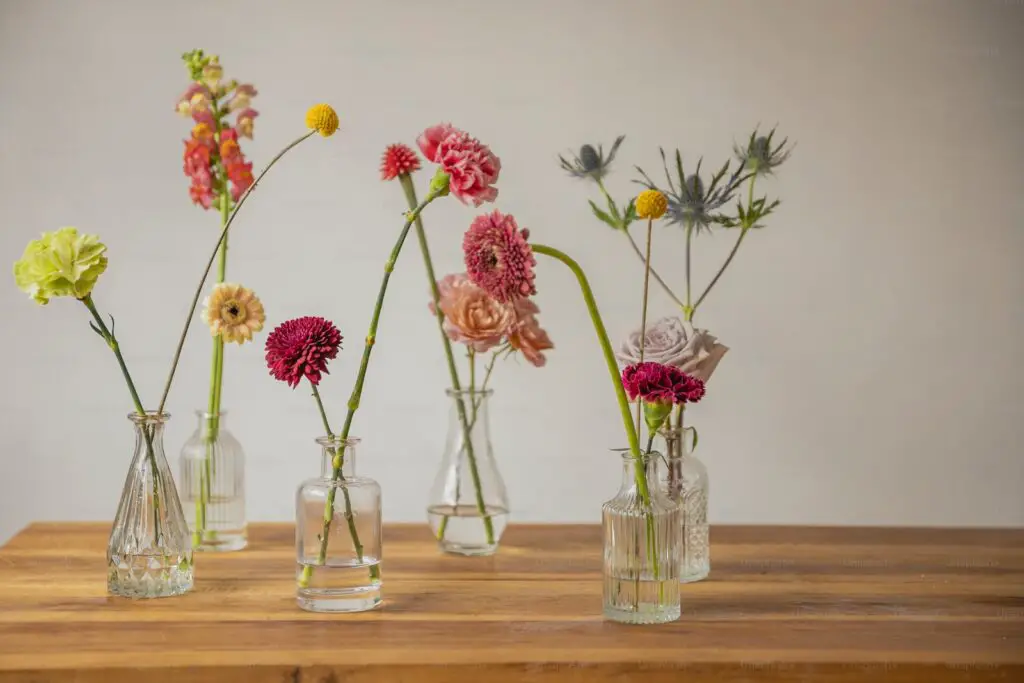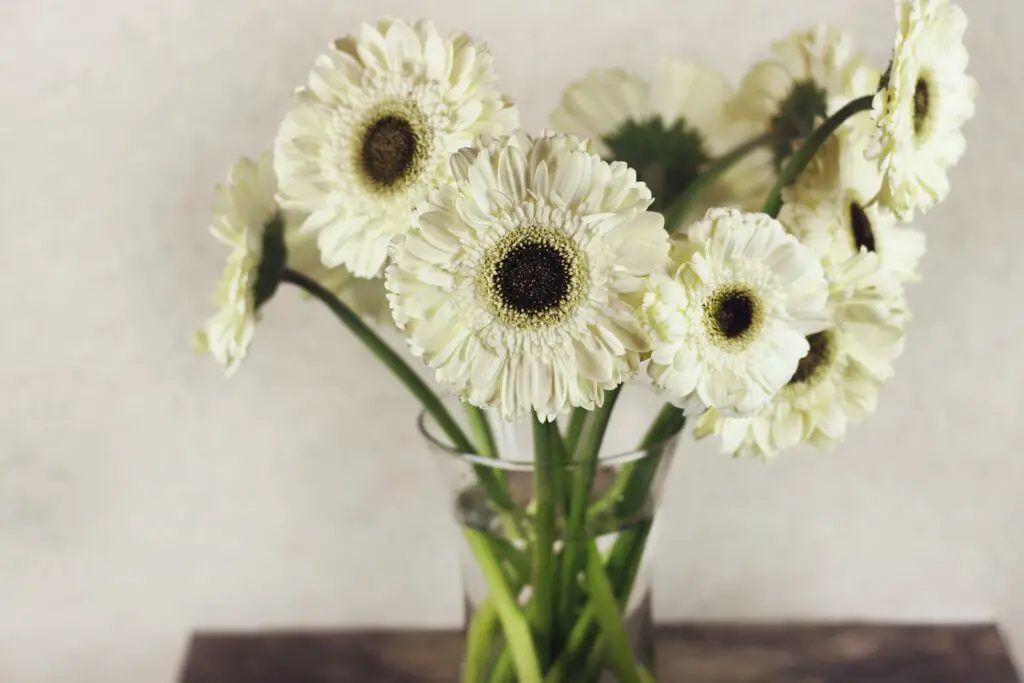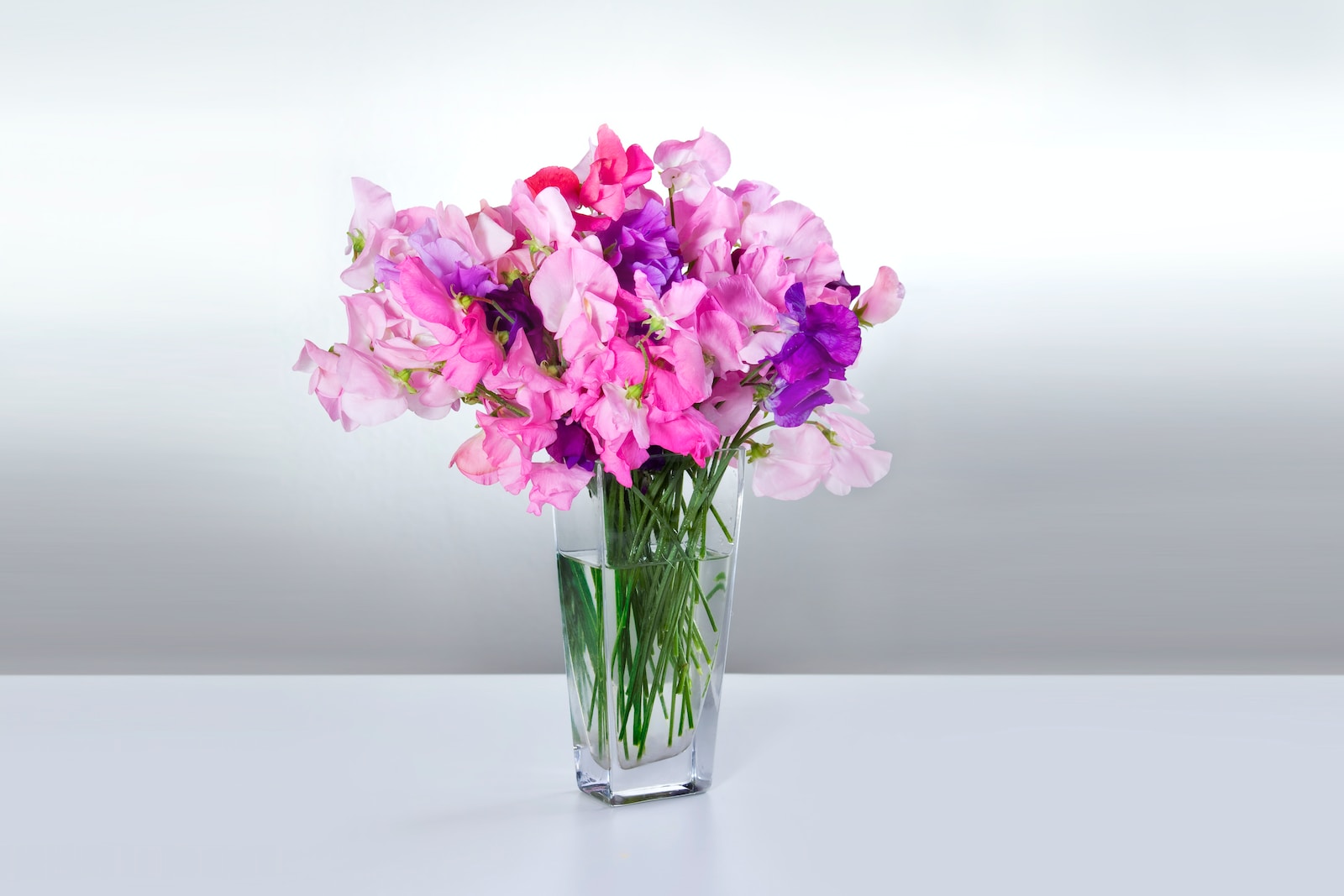Flowers are one of nature’s most beautiful and delicate creations, capable of bringing joy and happiness to our daily lives. Whether given as a gift or used to brighten up our homes, flowers have the power to evoke feelings of love, happiness, and hope. However, nothing can be more disappointing than seeing a stunning bouquet wilt after just a few hours or days. That’s why knowing how to keep your flowers fresh and vibrant for longer is essential. There are various tricks and techniques that you can use to extend the lifespan of your flowers and keep them looking beautiful for longer. In this post, we will share with you the most effective and easy-to-implement methods to help you make your flowers last longer.

To make flowers last longer do this:
- If you bring flowers into the house during the cold season, don’t rush to put them in a vase. The flowers need to acclimate (preferably in a cool place) for an hour.
- If you cut flowers yourself, do it early in the morning. Flowers rest and absorb moisture at night. Therefore, plants cut in the morning are more viable.
- Remove the flowers from the packaging. This is necessary for aesthetic reasons. Live flowers are beautiful in themselves, and they don’t need all those decorations made of plastic film and crimped paper.
- Cut off all the leaves from the bottom of the stem. They won’t rot, and the stems will get more clean water.
- Cut the stems diagonally by 1-2 cm under cold water (air entering a hollow stem will shorten the life of the flowers).
- If the flowers have a stiff stem, like roses, chrysanthemums, or lilacs, you can split the stems by 2-3 cm or crush the ends with a wooden mallet for better water access.
- If milky sap is released from the stem during cutting, immerse the stem ends in boiling water for a few seconds before placing the flowers in the vase.
- Tap water is harmful not only to humans but also to flowers. Use settled or boiled water at room temperature for your bouquets.
- Tablespoon of citric acid or vinegar will soften hard water.
- Half an aspirin tablet, a teaspoon of salt, or alcohol will prevent the stems from rotting.
- Sugar (1-2 tablespoons added to water) will prolong the life of live flowers.
- Flowers should be trimmed and water should be changed daily! This is perhaps the main secret of the long life of almost all flowers. Every day, the stems should be trimmed by 1 cm and the vase should be filled with clean water.
- Spraying cool water on the bouquet daily will refresh it.
- To get rid of buildup on the inner walls of the vase, it should be rinsed with a solution of baking soda. The plant stems should also be thoroughly washed when changing the water.
- A vase with fruit placed next to the flowers will accelerate their wilting.
- Not all flowers get along with each other. Carnations, lilies-of-the-valley, primroses, daffodils, roses of contrasting colors, lilies, and tulips are the most aggressive towards other flowers and should also be placed in separate vases.
- A bouquet can be revived by soaking it in warm water up to the buds for 1-2 hours. The flowers will be hydrated by the water and will last much longer.

Each type of flower requires its own approach.
- Peonies love water: we remove the leaves, leaving no more than 2-3, and place them in a large amount of water with added sugar and citric acid.
- Ranunculuses: we remove the packaging, cut the stems a couple of millimeters under water at a sharp angle, and place the bouquet in a vase with water that has been standing for a couple of hours. Ranunculuses are very water-loving plants and continue to grow even in a vase. Therefore, it is necessary to cut the stems daily so that they do not break under the weight of the buds.
- Gerberas: we cut them in hot water (+60°C). We add sugar and a little bit of alcohol to the water.
- Asters: we remove short stems with small leaves before placing them in a vase. We change the water as often as possible, then asters will last up to two weeks.
- Orchids: they like warm water. From time to time, we immerse the stems in warm water.
- Carnations: we cut the stems in the area of the thickened node and place them in water with added sugar and half a tablet of aspirin.
- Lilies: we remove the stamens – the dark tips of the filaments with pollen.
Taking care of flowers is an art that requires some knowledge, attention, and love. By following some basic rules and techniques, you can help your flowers last longer and look their best. From choosing the right vase and water temperature to trimming stems and adding sugar or aspirin, there are many ways to ensure the longevity of your blooms. Remember, each type of flower has its own unique needs and preferences, so it’s essential to take a tailored approach to each arrangement. With these tips in mind, you can create stunning floral displays that will brighten up your home or workplace and bring joy to those around you.
